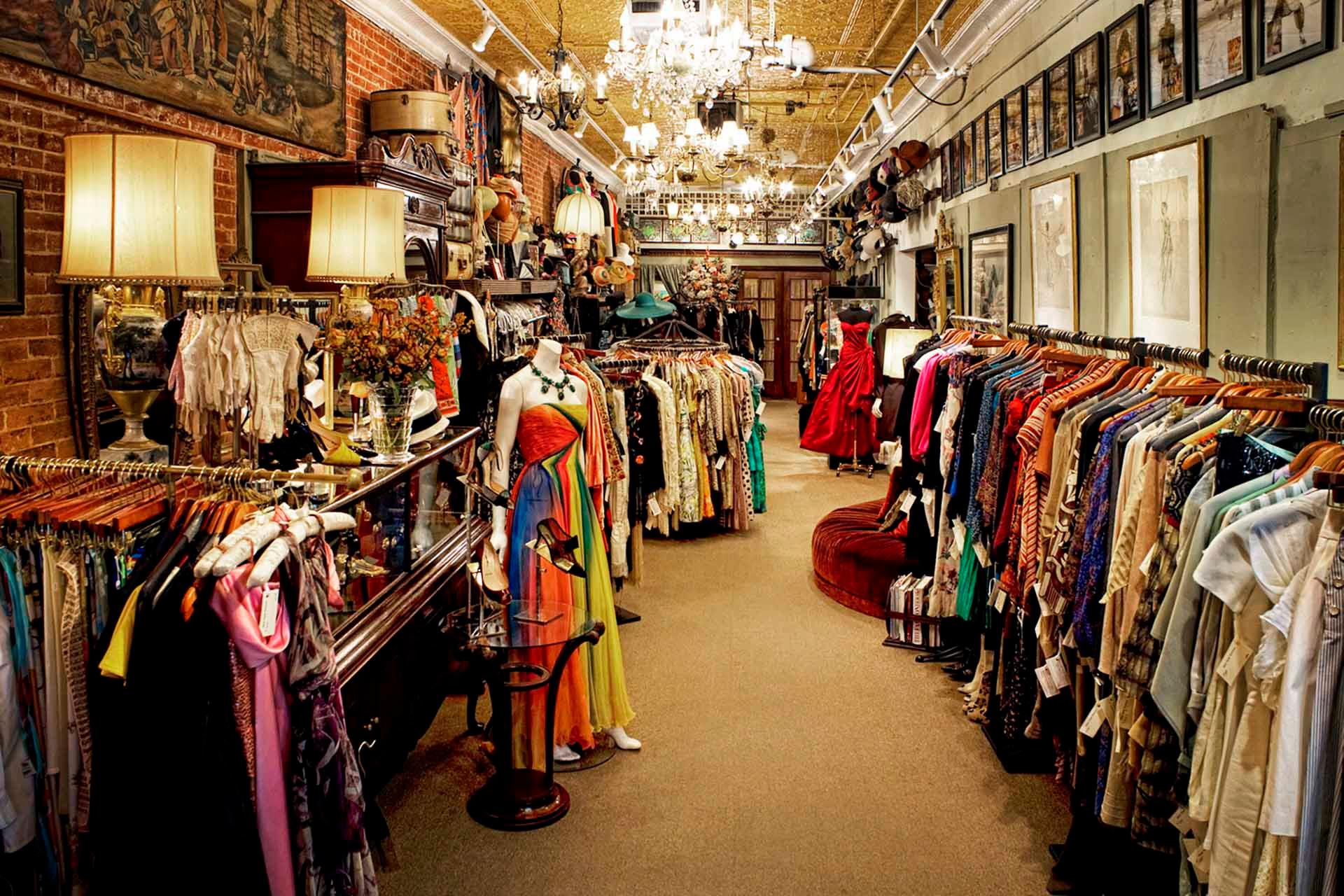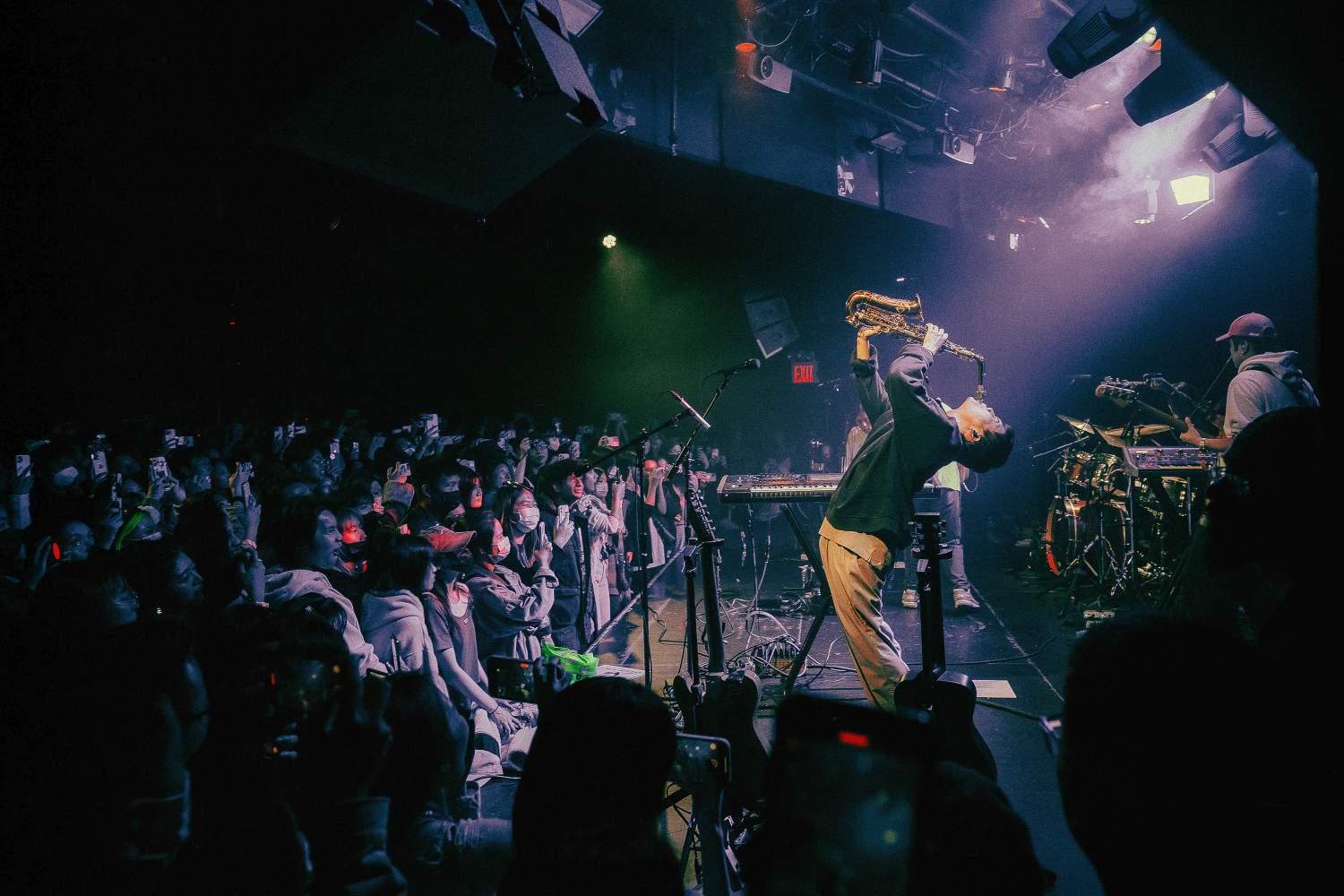For at least the past 50 years, NYC has been the epicenter of footwear culture—a period that coincides with the birth and rise of hip-hop in the City. Not only did a music genre begin, but art, dance and fashion that helped define the genre’s culture also started within the five boroughs. As a long-time shoe lover, fashion executive and the creator of the fashion-centric podcast From The Bottom Up!, I’ve watched the culture evolve. So now I’m taking a look back at how NYC, through hip-hop, shaped the footwear scene over the decades.
From Run-DMC popularizing shell-top Adidas and Salt-N-Pepa stunting on us in Reeboks to Nike’s world domination with Air Jordans and streetwear trends today, shoes and hip-hop culture have been intertwined. Meanwhile, visitors have come to NYC to hit up stores like Transit, Atrium, David Z, Dr. Jay’s and Jimmy Jazz for the latest footwear fashion.
Let’s get into it.

Amaurys Grullon wears Adidas Shell Top, Bronx Native
1980s
Adidas: Shell Top (or Shell Toe)
After Queens’ Run-DMC performed “My Adidas” in 1986 at the Apollo Theater in Harlem, hip-hop fans from NYC to LA rushed to stores to purchase shell tops. The kicks were further popularized in the inner city by kids as they spray-painted the shoes, changed the color of their laces—or removed them altogether—and matched them with full Adidas looks from bottom to top, including track suits and bucket hats.
Reebok: Women’s Freestyle Hi Athletic Shoe (“5411")
New Yorkers coined these shoes “5411s,” referring to the price point including the local sales tax ($49.99 plus tax = $54.11). The sneaker, whose aerobic-shoe version launched in 1982 with the high-top coming a year later, was worn and popularized by NYC hip-hop artists like Salt-N-Pepa and Roxanne Shanté. Numerous songs have referenced it since, including DMX’s “How’s It Goin’ Down,” where a love interest wears “5411, size 7 in girls.” The sneaker had a recent resurgence when fashion pioneer (and rapper and actress) Teyana Taylor did a collaboration with the brand in 2017. As proof of hip-hop’s contribution to this sneaker’s popularity, even Reebok references the moniker.

Melissa Ramirez wears Nike: Air Force 1 "Bronx Origins," River Avenue Skatepark
1990s
Timberland
If you wanted to look and feel like NYC, owning a pair of Timberlands, or “Timbs” as they’re frequently referred to, was a must. The double-soled boots were originally intended for construction workers, but New Yorkers made various styles fashionable, especially the originals, coined Buttas (butters) or Constructs. Just about every NYC rapper in the ’90s was seen wearing them in a music video or on an album cover (see: Biggie’s “Juicy” and the back cover of Mobb Deep’s The Infamous). People from all walks of life had a pair. Even my mom used to wear Timbs with her mink coat—a look that was not uncommon for Harlem. They were upscale yet affordable, and NYC made them popular and versatile.
Fila: Grant Hills
The Grant Hills put Fila, before largely known in the US for tennis, on the hip-hop map. The basketball star they were named for signed with the Italian shoe brand in 1994 after being selected third in the NBA draft, giving the brand a new level of credibility. In 1996, Tupac donned a pair of Grant Hills on the shoot for his album All Eyez on Me (and as you may know, Pac is originally from East Harlem). You would see people wearing these everywhere—in classrooms, on the block and parties back in the day.
Clarks: Wallabees
Thank Ghostface Killah, Biggie and Caribbean artists such as Super Cat and Shabba Ranks for the popularity of Wallabees. New Yorkers rocked Wallies with their Catholic school uniforms, suits, street looks and everything in between. Brooklyn, with its densely populated Caribbean culture, gets major credit for inspiring others on the eastern corridor to put on Clarks, which had a long-established tie to the West Indies. The borough’s own Aaliyah was seen wearing mismatched Clarks (one red, one black) in her video for “Hot Like Fire.”
“Dad Sneakers”: Saucony AYA, K-Swiss Classic Heritage and New Balance 574
Give the dads on the Upper West Side their flowers for never stepping out of these sneakers, no matter how worn their kicks became. You would see them walking in the shoes up and down Central Park West any day of the week. Eventually, the style made it across 110th Street to the streets of Harlem—and beyond. Whether they were adopted for comfort or someone had a different vision for styling them, everything changed: in Rucker Park, circa 1997–99, the “dad sneaker” was integrated into everyday streetwear. Guys wore the kicks with jeans and button-down shirts or paired them with monochrome sweatsuits. Today, men and women wear them with dresses, skirts, suits and casual attire. There have also been major collabs for brands like New Balance with NYC-based Kith and Aimé Leon Dore, cementing the local link.
Nike: Air Force 1 (also known as “Uptowns”)
Similar to the Reebok 5411, the Nike Air Force 1 has remained a staple in the NYC wardrobe. They were coined Uptowns because many Harlemites and Bronxites rocked them on a regular basis. Though the Air Force 1 was introduced in the early 1980s, it wasn’t until the release of the Low, in the ’90s, that they really took off in the City. Back then the kicks went for about $70, making them relatively affordable; because of their clean appearance, they were easy to style and pair with almost anything. Different colorways became popular in NYC, but generally speaking, all-white Uptowns were deemed cool—never the all-black option. Wearing Uptowns gave you an automatic cool pass.
Air Jordan: 11 (also known as the “Patent Leathers”)
Nike’s Jordan was the biggest sneaker brand of the ’90s. Various styles caused the early onset of the hypebeast mindset, making each new release an exclusive collector sneaker—a trend that continues to this day. It is hard to pick which shoe had the most impact—the Jordan 8 (Bugs Bunny) and the classic Jordan 1 are contenders—but the Jordan 11 is forever etched in our minds. Worn by Michael Jordan during the 1995–96 NBA season, after he came out of retirement and the Bulls won a then-record 72 games, the kicks were coveted. I will never forget the day these dropped. I was in eighth grade, ran home from school and begged my parents to buy me a pair. In 1996, $150 for “some sneakers,” as my parents would say, was way more than the average but these were a must-have. When Jordan dropped the “Bred” colorway (all black, red bottom), it became all the rage. The Jordan 11 had a revival in 2022 when a collaboration with Drake’s OVO label was released.

Jules Rosenberg and Eli Botsford wear Yeezy Slides, Sara D. Roosevelt Park
2000s
Off-White: Off-White x Nike Air Jordan 1
Designer Virgil Abloh knew the importance of NYC’s influence. In 2017 and 2018, before this collab would launch online, he used the Met Gala to preview each year’s edition of these shoes, building anticipation for sneaker buyers and fashion insiders who take cues from the star-studded event. NYC celebs like A$AP Rocky and Luka Sabbat were spotted around the City (and world) rocking their 1s with various color laces, T-shirts and jeans—very casual, yet very expensive.
Yeezy
Although Kanye West is not from NYC, he spent formative years here building his style. West’s first sneaker, the Boost 750, hit the scene in 2015 at New York Fashion Week. The knit texture and unusual silhouette stood out, as did the comfort. In December 2019, the Yeezy Slides were introduced, giving New Yorkers another reason to lean into comfort and get creative with their styling. Locals donned them with business casual and elevated attire. Though Adidas’ cut ties with the brand in the past year, you can still see people wearing them all over the streets of NYC.






